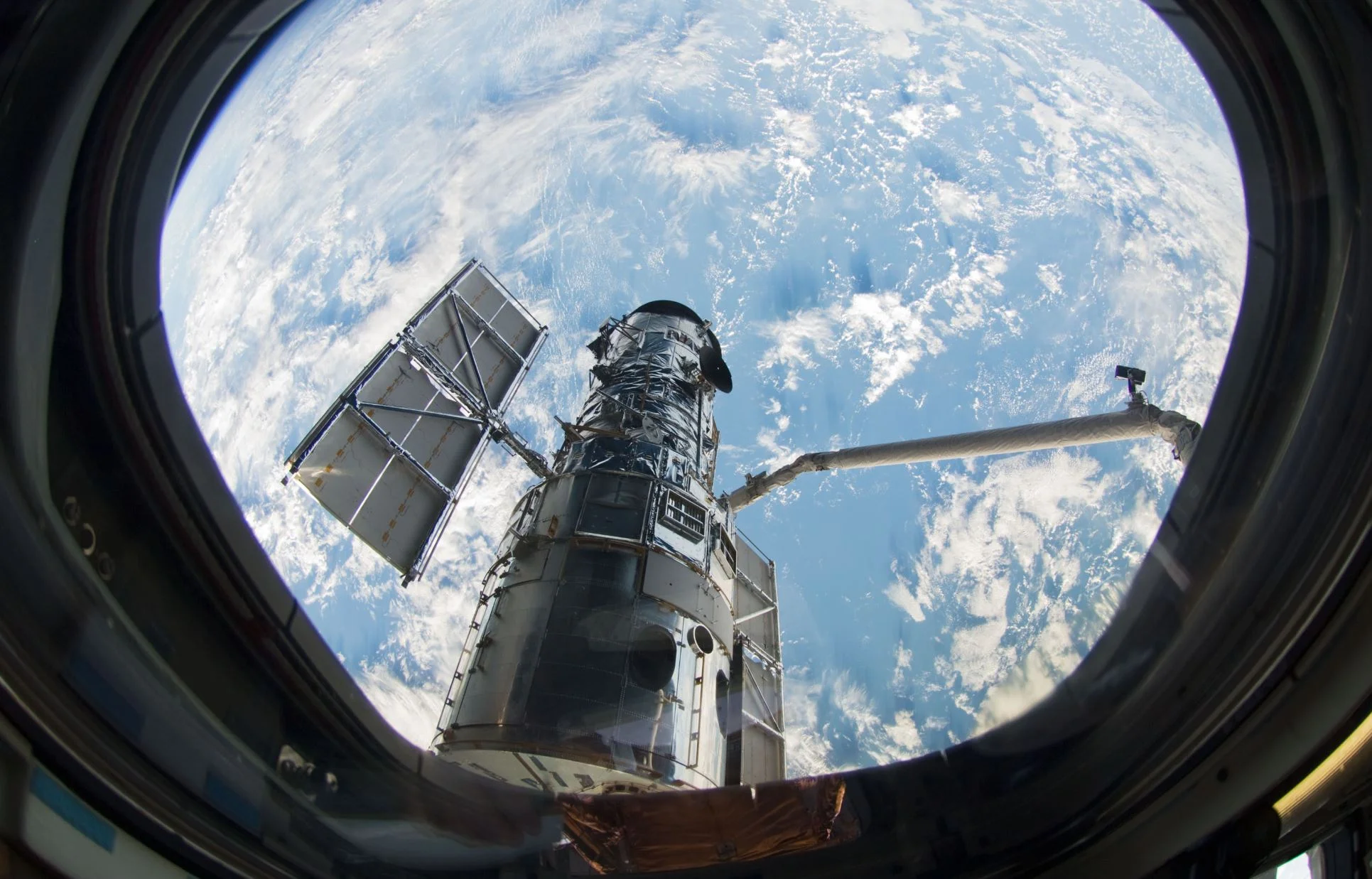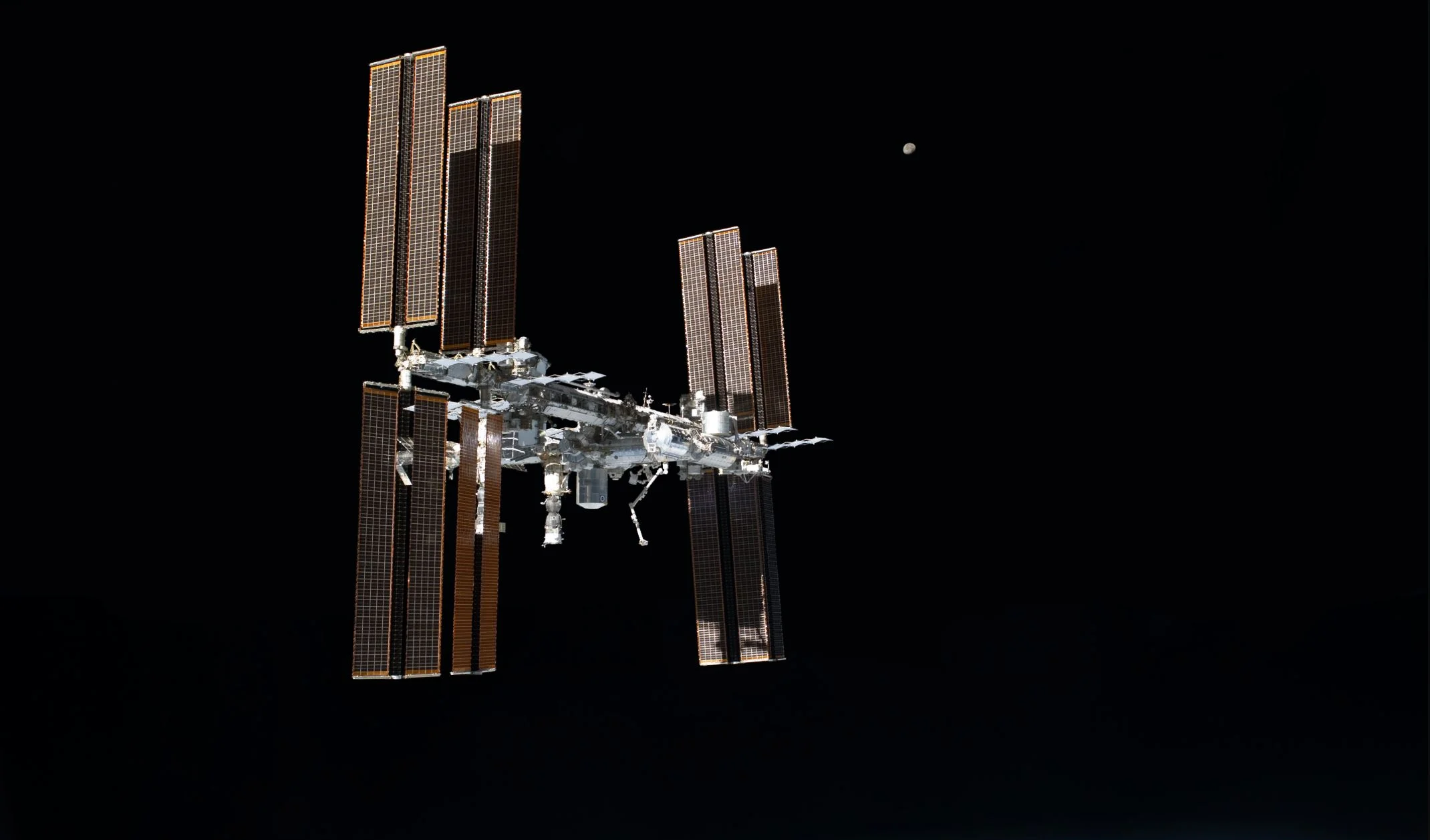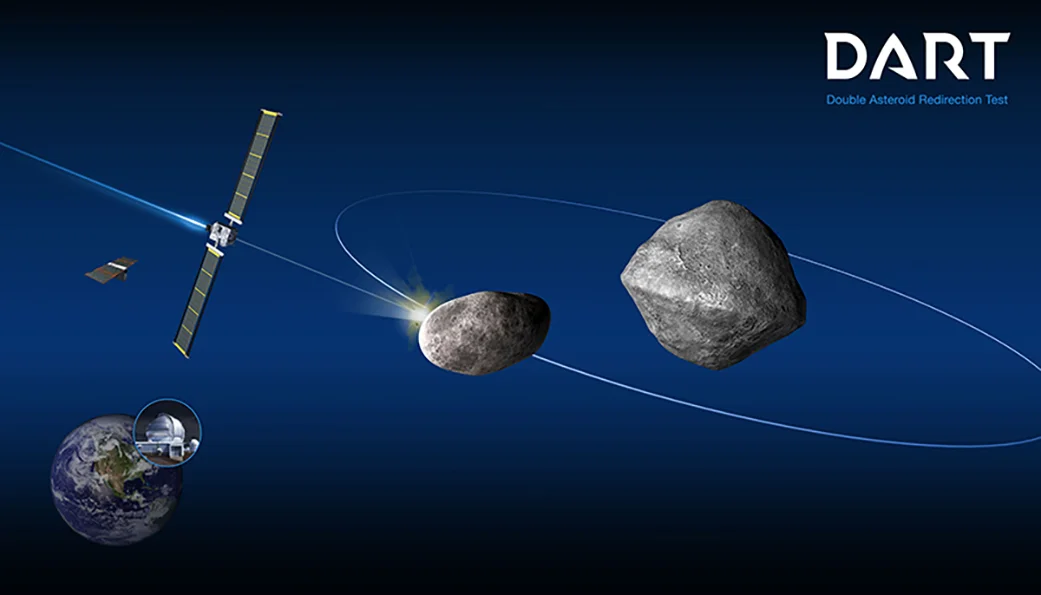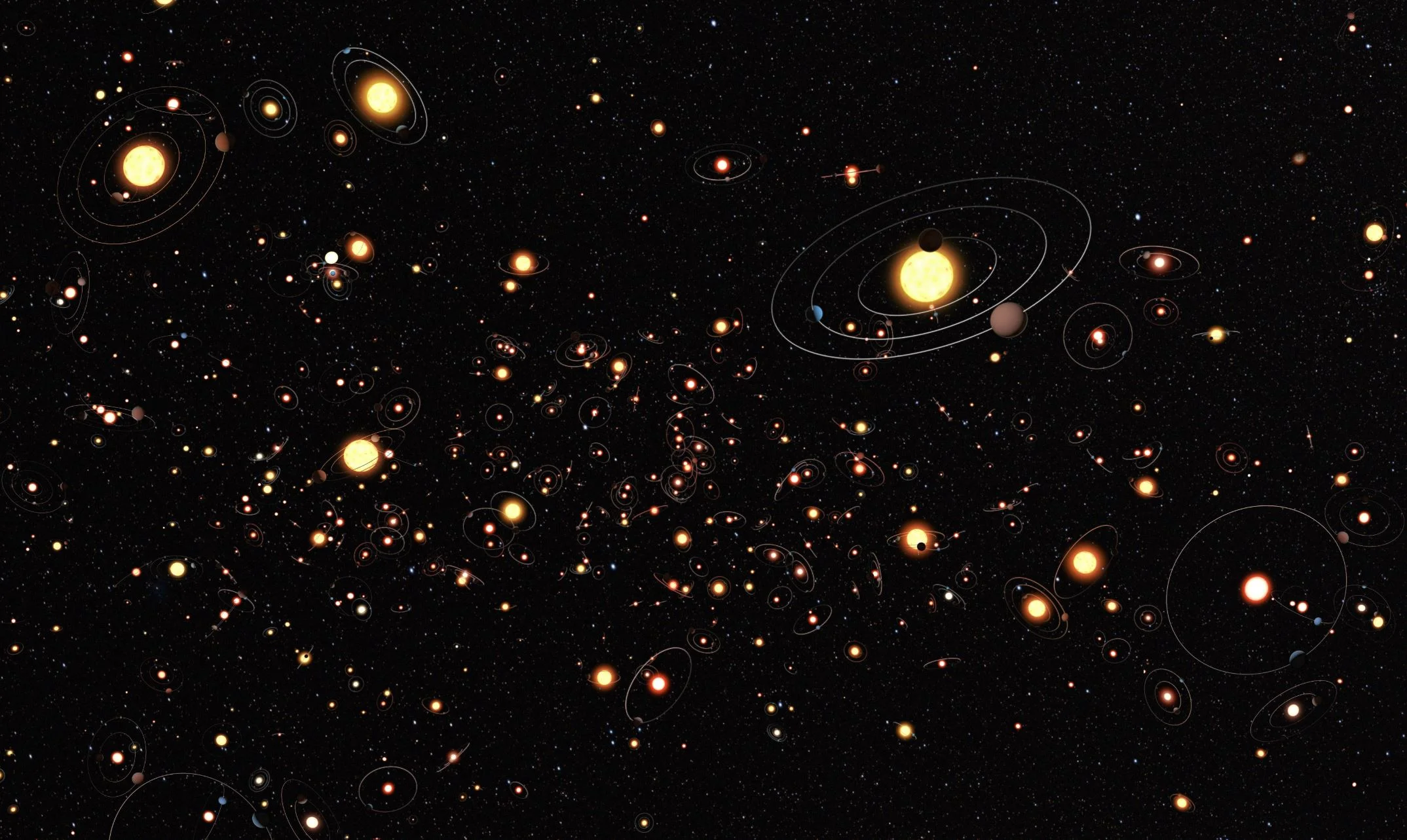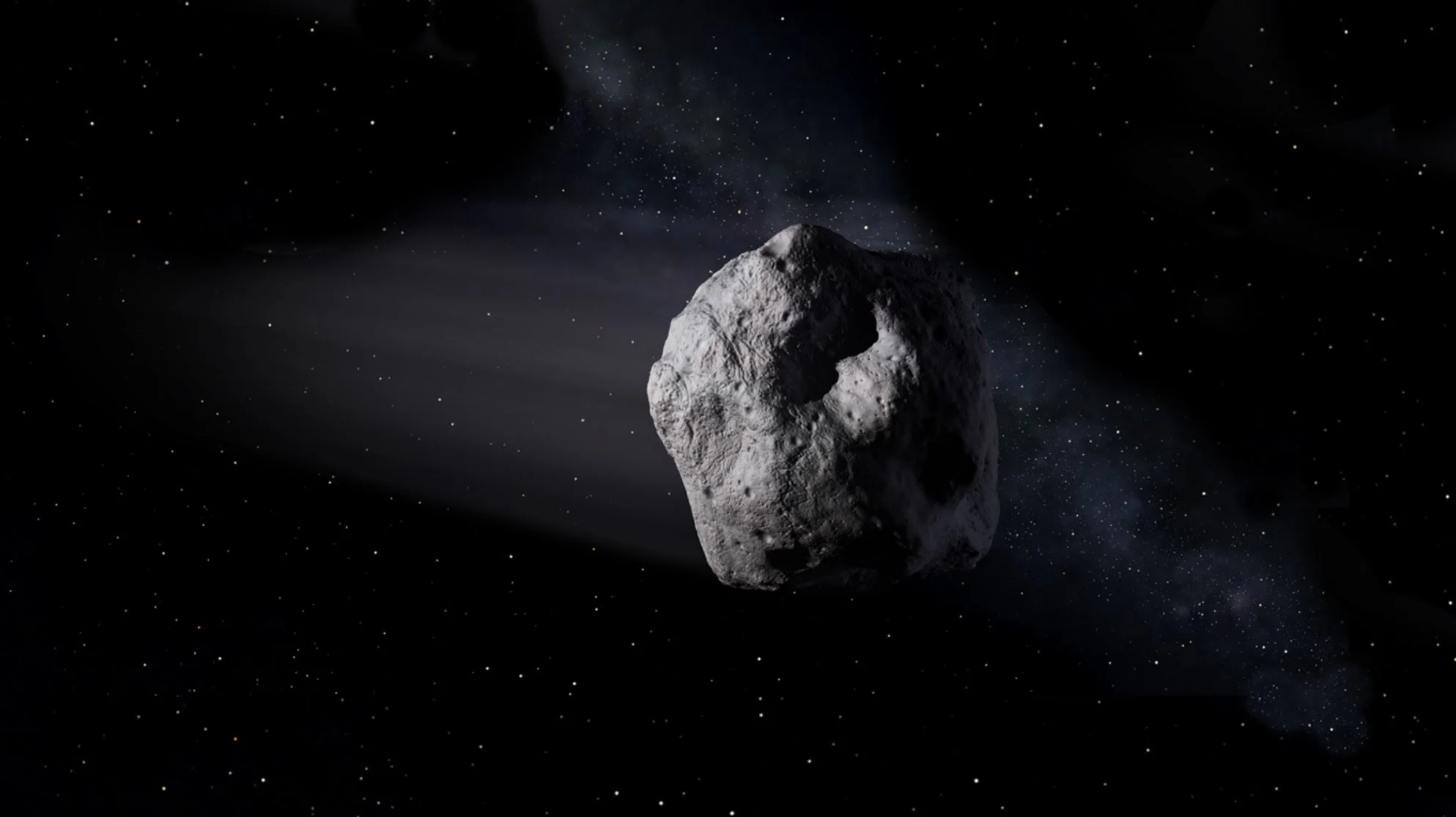The Moon is shrinking as its interior cools, getting more than about 150 feet (50 meters) skinnier over the last several hundred million years. Just as a grape wrinkles as it shrinks down to a raisin, the Moon gets wrinkles as it shrinks. Unlike the flexible skin on a grape, the Moon’s surface crust is brittle, so it breaks as the Moon shrinks, forming “thrust faults” where one section of crust is pushed up over a neighboring part.
10 Years Ago, Hubble’s Final Servicing Mission Made It Better Than Ever
Astronaut Mike Massimino floated next to the Hubble Space Telescope’s cylindrical body and began to remove the screws that fastened a handrail to one of the telescope’s instrument panels. The first three screws came out easily, but when he put his power tool to the final screw, the bit began to spin.
Astronauts Could Rely on Algae as the Perfect Life Support Partner
Mankind is planning for long-duration crewed missions, one of the most important things is to make sure that the crews have enough of the bare essentials to last for a long time. This is no easy task, since a crewed spacecraft will be a crew’s entire world for months on end. That means that a sufficient amount of food, water and oxygen will need to be brought along.
Why This Martian Full Moon Looks Like Candy
For the first time, NASA's Mars Odyssey orbiter has caught the Martian moon Phobos during a full moon phase. Each color in this new image represents a temperature range detected by Odyssey's infrared camera, which has been studying the Martian moon since September of 2017. Looking like a rainbow-colored jawbreaker, these latest observations could help scientists understand what materials make up Phobos, the larger of Mars' two moons.
New Clues About How Ancient Galaxies Lit up the Universe
NASA's Spitzer Space Telescope has revealed that some of the universe's earliest galaxies were brighter than expected. The excess light is a byproduct of the galaxies releasing incredibly high amounts of ionizing radiation. The finding offers clues to the cause of the Epoch of Reionization, a major cosmic event that transformed the universe from being mostly opaque to the brilliant starscape seen today.
NASA’s First Planetary Defense Technology Demonstration to Collide with Asteroid in 2022
The Double Asteroid Redirection Test (DART) – NASA’s first mission to demonstrate a planetary defense technique – will get one chance to hit its target, the small moonlet in the binary asteroid system Didymos. The asteroid poses no threat to Earth and is an ideal test target: measuring the change in how the smaller asteroid orbits about the larger asteroid in a binary system is much easier than observing the change in a single asteroid's orbit around the Sun. Work is ramping up at the Johns Hopkins Applied Physics Laboratory in Laurel, Maryland, and other locations across the country, as the mission heads toward its summer 2021 launch – and attempts to pull off a feat so far seen only in science fiction films.
Study: Nearest exoplanets to earth could host life
Ashes of a Dying Star Hold Clues about the Birth of our Solar System
We’ve detected new gravitational waves, we just don’t know where they come from (yet)
Starlink’s Satellites Will be Orbiting at a Much Lower Altitude, Reducing the Risks of Space Junk
Among Elon Musk’s many plans for the future, one of the more ambitious has been the creation of a constellation of satellites that will offer broadband internet access to the entire world. Known as “Starlink”, the company’s long-term plan is to deploy over 12,000 internet satellites to Low Earth Orbit (LEO) by the mid-2020s.
Dark Matter Detector Finds the Rarest Event Ever Seen in the Universe
Since the 1960s, scientists have theorized that the Universe is filled with a mysterious, invisible mass. Known as “dark matter“, this mass is estimated to make up roughly 85% of the matter in the Universe and a quarter of its energy density. While this mass has been indirectly observed and studied, all attempts at determining its true nature have so far failed.
Urban greening can save species, cool warming cities, and make us happy
Search for titan’s methane source reveals icy surprise
Hubble Astronomers Assemble Wide View of the Evolving Universe
Asteroid dust brought back to Earth may explain where our water came from with hydrogen clues
The World’s Space Agencies are Responding to a Hypothetical Asteroid Impact. You Can Watch it all Unfold Online.
How we found a white dwarf – a stellar corpse – by accident
A Strange Ice Feature Wraps Halfway Around Titan
For people interested in all things beyond Earth, the words methane and Titan go hand in hand. After all, Titan is the only other world in our Solar System where liquid flows over the surface. While trying to understand Titan’s methane cycle, scientists have discovered something else: a bizarre methane ice feature that wraps halfway around Saturn’s largest moon.
Scientists Planning Now for Asteroid Flyby a Decade Away
On April 13, 2029, a speck of light will streak across the sky, getting brighter and faster. At one point it will travel more than the width of the full Moon within a minute and it will get as bright as the stars in the Little Dipper. But it won't be a satellite or an airplane - it will be a 1,100-foot-wide (340-meter-wide) near-Earth asteroid called 99942 Apophis that will cruise harmlessly by Earth, about 19,000 miles (31,000 kilometers) above the surface. That's within the distance that some of our spacecraft that orbit Earth.


